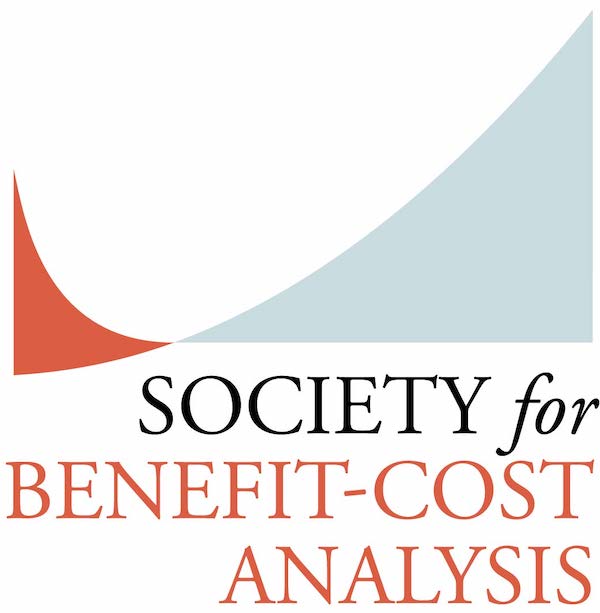On Balance: Revealed Preference Methods for Nonmarket Valuation: An Introduction to Best Practices

For over 50 years, economists have developed and refined methods to value environmental and other nonmarket goods to provide benefit estimates that are commensurate with goods that are exchanged in markets. Without these estimates, benefit cost analysis of environmental regulations risk erroneous conclusions regarding the net benefits of a regulation. The methods can be broadly categorized into revealed preference (that infer values from behavioral clues) and stated preference (which directly elicit values through surveys). Despite their longer history and the many documented shortcomings, revealed preference methods have not been subject to the intense validity and reliability challenges as their stated preference counterparts. And, unlike stated preference methods (see Johnston et al.2017), there has not previously been an effort for scholars of the approaches to develop a set of “best practice” guidelines for the implementation and reporting of these analyses.








 More than 450,000 Americans died of an opioid overdose between 1999 and 2018. There were fifteen fatal opioid overdoses for every 100,000 individuals in 2018, a ratio five times greater than in 1999. While public health researchers and policymakers have rightly turned their attention toward remedying the global coronavirus pandemic, the U.S. opioid epidemic continues to take lives. In my dissertation, An Empirical Analysis of Policy Responses to the Opioid Epidemic, I analyzed the effect of various state and federal interventions to reduce opioid abuse and overdoses. This analysis can contribute to the benefit-cost analysis of policies that aim to decrease opioid consumption and overdose deaths.
More than 450,000 Americans died of an opioid overdose between 1999 and 2018. There were fifteen fatal opioid overdoses for every 100,000 individuals in 2018, a ratio five times greater than in 1999. While public health researchers and policymakers have rightly turned their attention toward remedying the global coronavirus pandemic, the U.S. opioid epidemic continues to take lives. In my dissertation, An Empirical Analysis of Policy Responses to the Opioid Epidemic, I analyzed the effect of various state and federal interventions to reduce opioid abuse and overdoses. This analysis can contribute to the benefit-cost analysis of policies that aim to decrease opioid consumption and overdose deaths.
 The U.S. Environmental Protection Agency (EPA) has a long history of providing comprehensive guidance for conducting economic analyses, including benefit-cost analyses for environmental regulations. Much of that guidance is distilled in the EPA’s
The U.S. Environmental Protection Agency (EPA) has a long history of providing comprehensive guidance for conducting economic analyses, including benefit-cost analyses for environmental regulations. Much of that guidance is distilled in the EPA’s  Currently, e-cigarette supporters and opponents are passionately debating what regulations to impose on the products, if any. These debates have been playing out in legislative chambers across the United States, ranging from city halls to Congress, and in federal agencies including the Food and Drug Administration (FDA). Proponents who argue for no or little regulation maintain that e-cigarettes save lives by helping people quit smoking. Opponents, meanwhile, argue that e-cigarettes themselves are addicting teenagers to nicotine.
Currently, e-cigarette supporters and opponents are passionately debating what regulations to impose on the products, if any. These debates have been playing out in legislative chambers across the United States, ranging from city halls to Congress, and in federal agencies including the Food and Drug Administration (FDA). Proponents who argue for no or little regulation maintain that e-cigarettes save lives by helping people quit smoking. Opponents, meanwhile, argue that e-cigarettes themselves are addicting teenagers to nicotine.



